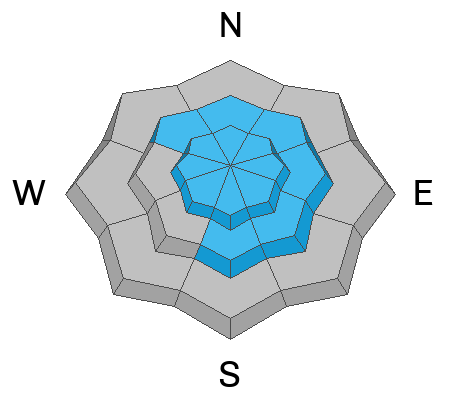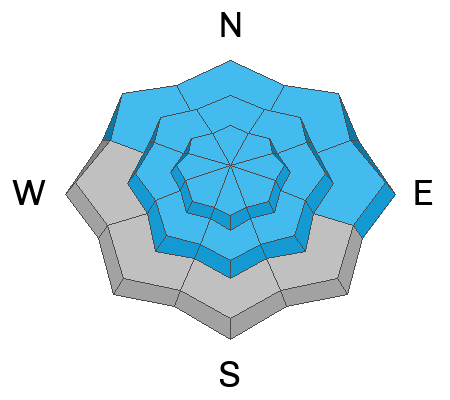Forecast for the Provo Area Mountains

Issued by Nikki Champion on
Wednesday morning, December 28, 2022
Wednesday morning, December 28, 2022
The avalanche danger will continue to rise to HIGH on all upper elevation aspects and mid-elevation aspects facing northwest through north and southeast, where strong winds and continued snowfall have created dangerous avalanche conditions. Mid-elevation slopes facing west, southwest, and south and low-elevation slopes facing northwest through north and east have a CONSIDERABLE danger. Any avalanche triggered within the new snow or the wind-drifted snow has the potential to step down into deeper weak layers in the snowpack, creating a very large and dangerous avalanche.
The avalanche danger is MODERATE on the remaining low-elevation slopes that received primarily rain over the last 24 hours.
Traveling on, underneath, or adjacent to slopes steeper than 30° at the mid and upper elevations is not recommended. Avalanche conditions will remain dangerous through the weekend with continued stormy weather.

Low
Moderate
Considerable
High
Extreme
Learn how to read the forecast here









